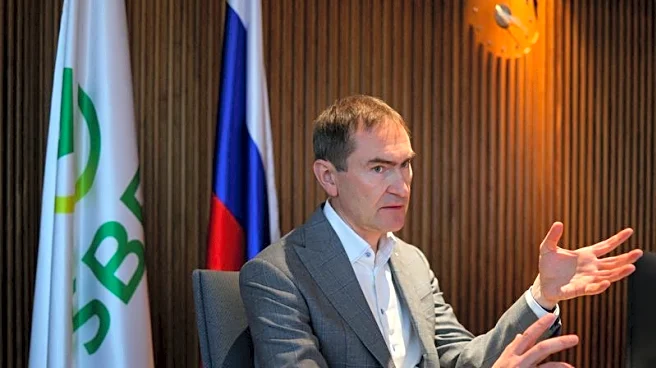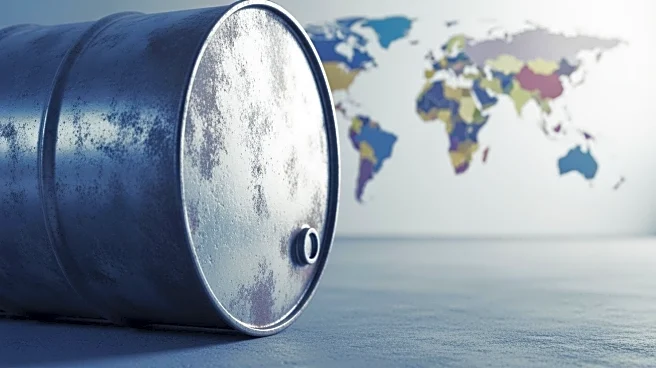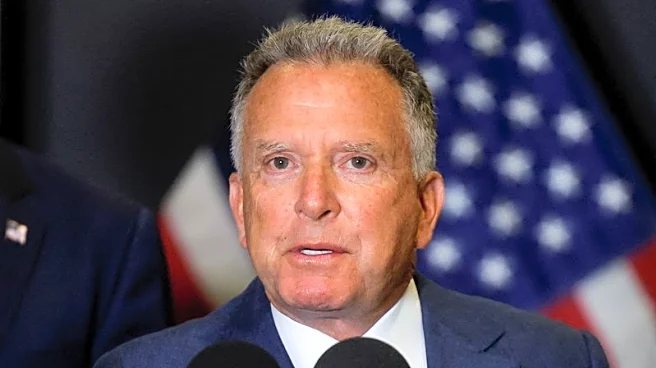By Gleb Bryanski and Elena Fabrichnaya
MOSCOW (Reuters) -Russia's economy is seeing "continued cooling" with growth likely to remain at around 1% next year and business activity remaining weak for four
to five quarters, a senior executive at Sberbank, the country’s largest lender, told Reuters.
"In reality, we are seeing a continued cooling of the economy, quite a noticeable one," Sberbank First Deputy CEO Alexander Vedyakhin said.
The economy slowed sharply this year after robust growth of 4.3% in 2024, mainly due to high interest rates set by the central bank to curb inflation and cool activity. The central bank sees GDP growth at between 0.5% and 1.5% in 2026.
Vedyakhin said that at its December board meeting, the central bank will decide whether to keep the key rate at the current 16.5% or cut it by 50 basis points — a move he said would not be enough to spur growth.
He noted that some loan growth in October and November was driven by companies raising funds for operational expenses rather than investment.
"Investments will not revive until the key interest rate reaches 12–14%," he said, adding that even resource exporters, the most prosperous companies, are under pressure from high rates, an overvalued rouble, and Western sanctions.
"Until the rate reaches this level, the period of managed cooling will continue," Vedyakhin said.
Sberbank now expects the rouble to weaken to 85 per U.S. dollar by year-end from the current 78.6, and to 95 in 2026. In June, Sberbank CEO German Gref said that 100 roubles per dollar was a fair exchange rate.
"A slight weakening of the rouble is possible — there are factors for that. But in any case, it's no longer 100 roubles per dollar, rather somewhere around 90 and above," Vedyakhin said.
He added that reduced foreign currency sales from the National Wealth Fund, expected next year, along with shrinking imports and high interest rates, will support the rouble in 2026.
Vedyakhin also pointed out that Russia’s currency market has become thin and volatile as demand for foreign currency falls, meaning even relatively small transactions can move the exchange rate.
"Right now, if a large ticket of $100 million appears, it can sometimes make the market shake. Even $10 million can already influence the exchange rate,” he said.
(Writing by Gleb Bryanski; Editing by Conor Humphries)












